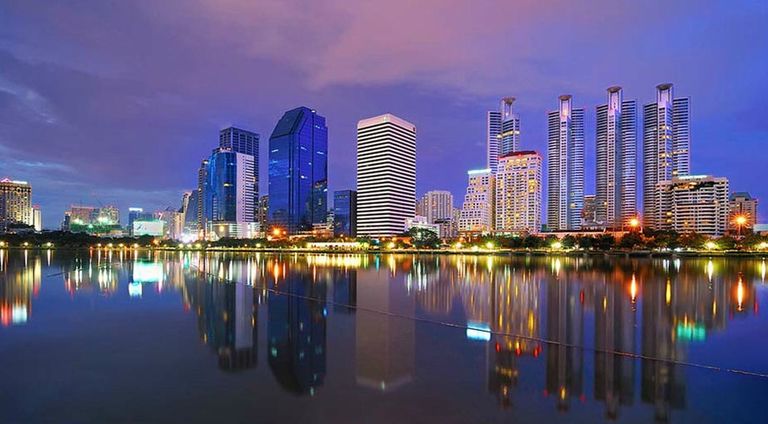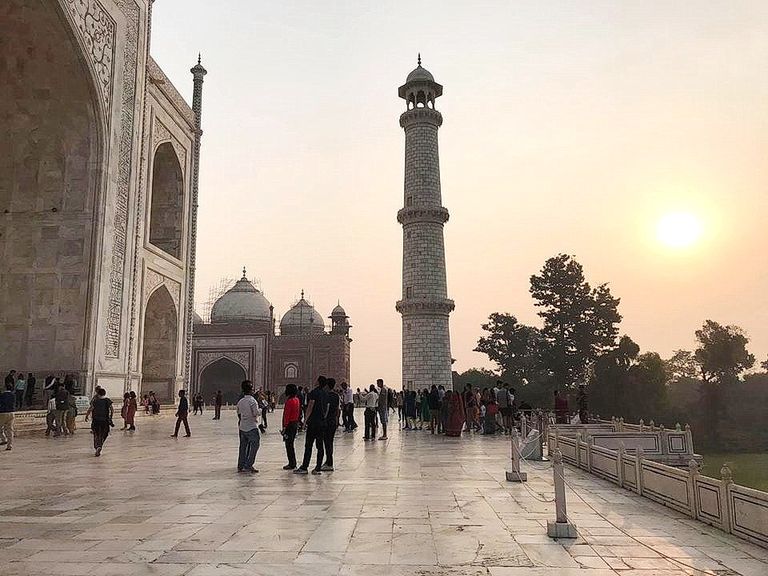Architecture has long been a reflection of human ingenuity, culture, and aspirations. Across the globe, cities are adorned with stunning structures that capture the imagination and tell stories of history, innovation, and art. From towering skyscrapers to timeless monuments, these architectural marvels define the character of their urban landscapes and serve as icons of their respective cities.




A Journey Through Iconic Structures
The Eiffel Tower, Paris
The Eiffel Tower stands as a symbol of love and romance, but it is also an engineering marvel. Designed by Gustave Eiffel and completed in 1889, this wrought-iron lattice tower was initially met with skepticism but has since become one of the most recognized and beloved structures in the world. Its elegant design and stunning illumination at night embody the spirit of Paris: a blend of tradition and modernity.



The Sydney Opera House, Sydney
The Sydney Opera House is an architectural masterpiece that epitomizes creativity and innovation. Designed by Danish architect Jørn Utzon, its sail-like design mirrors Sydney's maritime heritage. Opened in 1973, this UNESCO World Heritage Site is not only a world-class performing arts venue but also a symbol of Australia’s cultural identity.



Burj Khalifa, Dubai
As the tallest building in the world, the Burj Khalifa is a testament to human ambition and technological advancement. Rising 828 meters into the sky, this skyscraper is a centerpiece of Dubai’s skyline. Its sleek design and innovative engineering have redefined modern architecture, making it a global icon of progress.




The Taj Mahal, Agra
A symbol of eternal love, the Taj Mahal is a stunning example of Mughal architecture. Built in the 17th century by Emperor Shah Jahan as a mausoleum for his wife, Mumtaz Mahal, this ivory-white marble masterpiece combines Islamic, Persian, and Indian architectural styles. Its intricate carvings, serene gardens, and ethereal beauty make it a global treasure.




The Colosseum, Rome
A relic of ancient Rome, the Colosseum stands as a monumental reminder of the city’s rich history and architectural prowess. Built nearly 2,000 years ago, this amphitheater was designed to host gladiatorial contests and public spectacles. Its enduring presence is a testament to Roman engineering and cultural influence.


The Significance of Architectural Beauty
Architectural landmarks do more than beautify a city; they serve as cultural and historical touchpoints. These structures:
Tell Stories: Each building represents a unique narrative, whether of a nation’s triumphs, tragedies, or cultural evolution.
Inspire Awe: Their grandeur and creativity ignite a sense of wonder, drawing millions of tourists each year.
Drive Innovation: The push to create iconic buildings encourages advancements in design, materials, and engineering.
Define Skylines: Landmark structures become synonymous with their cities, shaping global perceptions and fostering local pride.




Modern Trends in Urban Architecture
As cities grow and evolve, architectural trends increasingly focus on sustainability, functionality, and integration with nature. Innovations like green roofs, energy-efficient designs, and biomimicry demonstrate a shift toward environmentally conscious construction. Cities like Singapore and Copenhagen are leading the way with designs that merge beauty with eco-friendly solutions, setting a precedent for the future of urban development.




Conclusion
The architectural wonders of world cities are more than just structures; they are works of art that connect us to the past, showcase the present, and envision the future. Whether ancient or contemporary, these buildings inspire admiration and remind us of the boundless potential of human creativity. By preserving these treasures and embracing innovative designs, we ensure that the beauty and legacy of architecture continue to shape our cities for generations to come.









Each of them are wonderful buildings identified with the city and I think they have an important role in the recognition of the city.
Thank you @foryoubtc I love looking up at these giants when I am in any city of the world.